Data shows the public, including communities hosting wind and solar projects, approve of renewables and want more of them.
Unfortunately, proposed wind and solar projects have faced an avalanche of local opposition in recent years...
It's the Fossil Fuel Phantom, of course! Ya know how the "clean energy now" folks were so quick to accuse anyone who questioned their unicorn utopia of being on the fossil fuel payroll? It used to be the Koch brothers purportedly sending me checks to think logical thoughts and give voice to them on the internet, but then they died. So now the clean energy nutbags have invented a Fossil Fuel Phantom to take their place (and send me phantom checks). This new entity is indeed a phantom because nobody can actually point to a real person or company who is responsible for these phantom payments. It's just concocted out of thin air because "clean energy now" needs a boogy man to oppose its unicorn utopia ideas. It goes like this:
Unfortunately, proposed wind and solar projects have faced an avalanche of local opposition in recent years, often based on misinformation or outright fallacies. Opposition groups, following a playbook organized by a fossil-funded think tank, spread fallacies about impacts to wildlife, property values, health, and more, sowing fear and anger.
How in the world is that supposed to fix things? These folks live in a dream world, drunk on their own power. Real people will continue to resist being forced into industrial energy generation installations. The more "big government" tries to shut down their sharing of information, the deeper underground it goes. They seem to forget that they are trying to perpetrate this on rural America, where local community information is shared at the grain elevator, not on Fakebook. They seem to forget that rural Minnesota farmers carried out a legendary transmission opposition campaign in the 1970's using telephones, snail mail, and local meetings to communicate. Nobody is afraid of the thought police. The federal usurpation of local permitting is also not going to work. It's just going to bog things down while the fight becomes about permitting in general, not actually building anything. And it's probably not quite legal. If "clean energy" wants to spend all its time and money in courtrooms, instead of building things, this is indeed the path forward.
However, the only thing that will work to speed up building "clean energy now" is to stop bothering people. Stop trying to take what they worked for. Stop trying to force your unicorn utopia on people who don't want it.
Because they really don't. Phantoms don't exist and most people don't believe in them. Go build your crap somewhere else, like in the backyard of the dolt who wrote that op ed in Forbes.
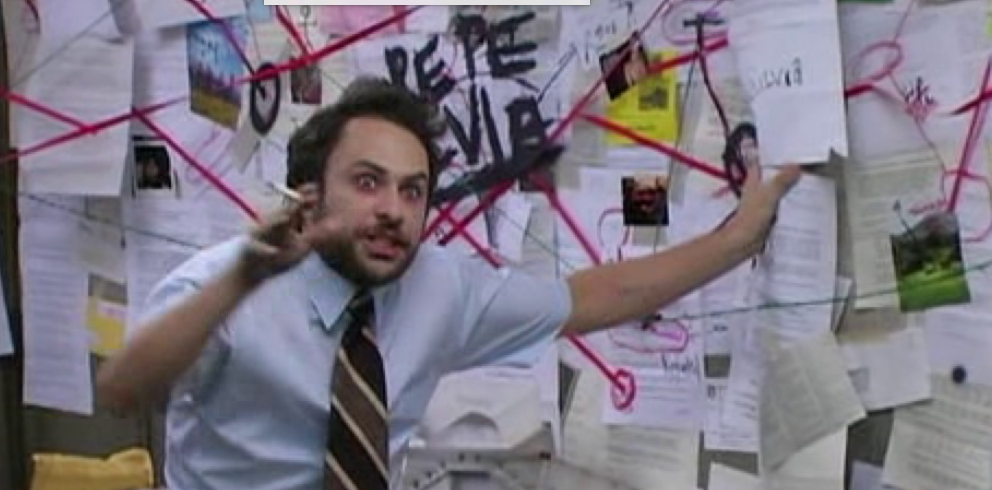
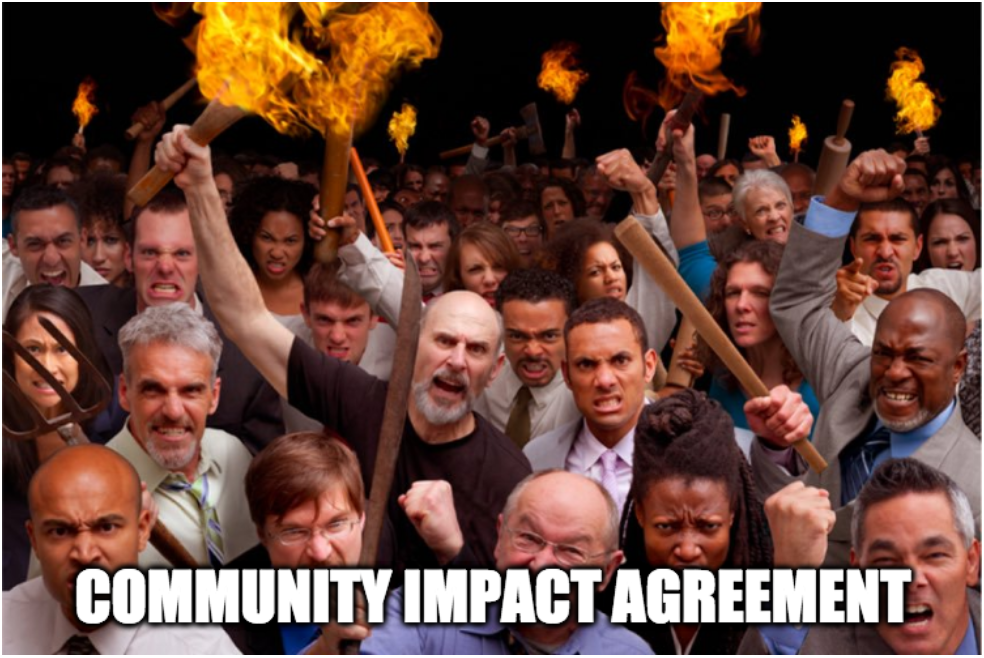
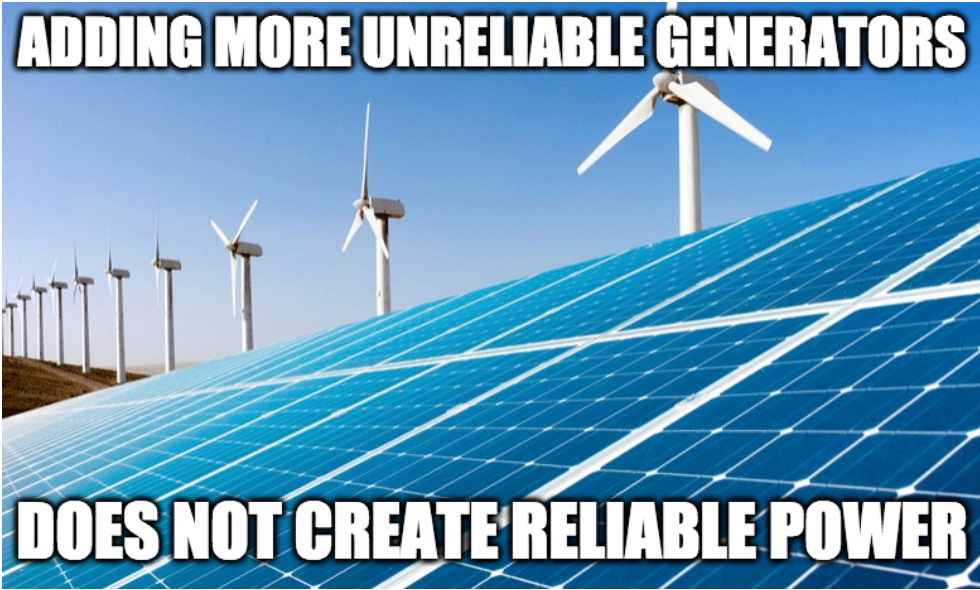
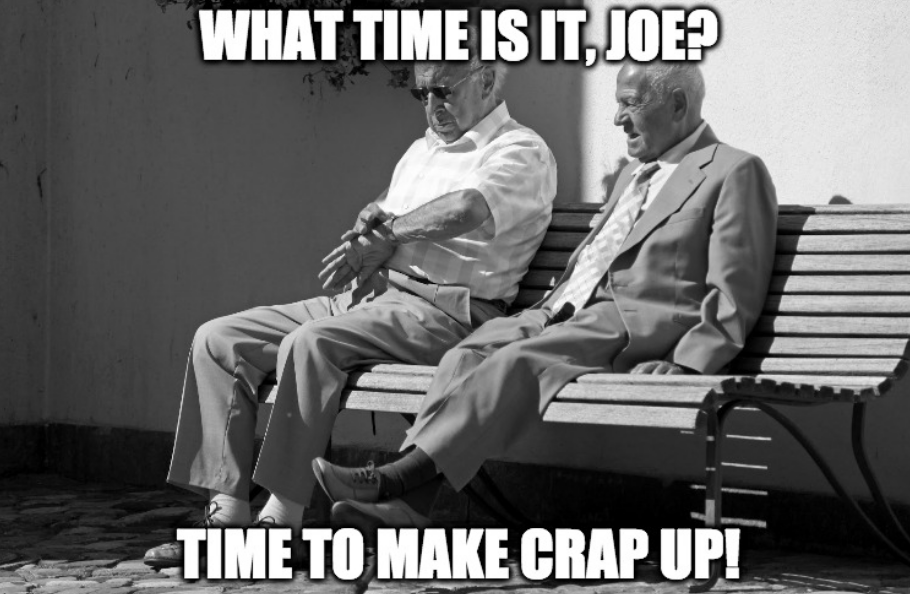

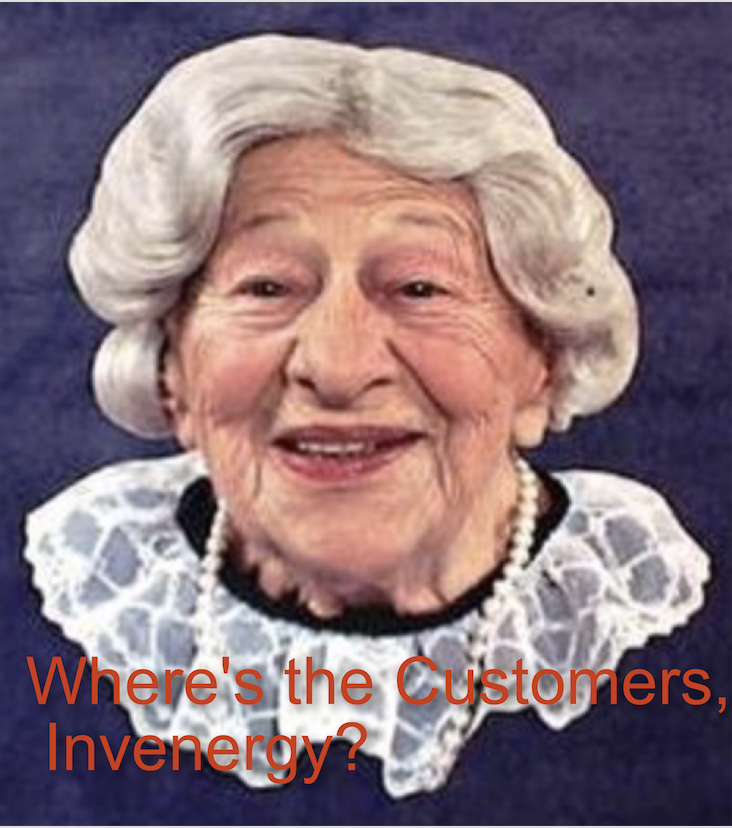
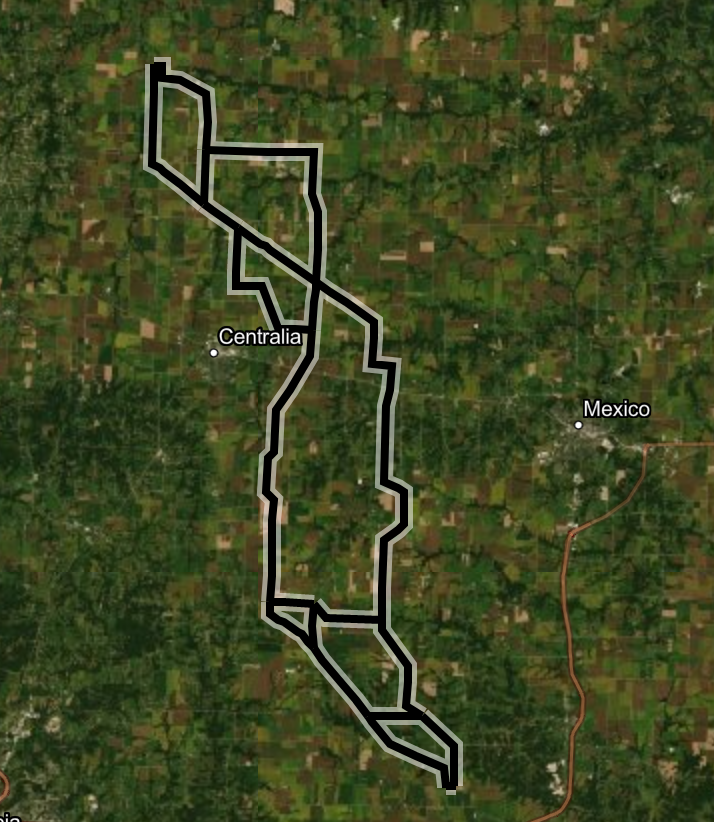
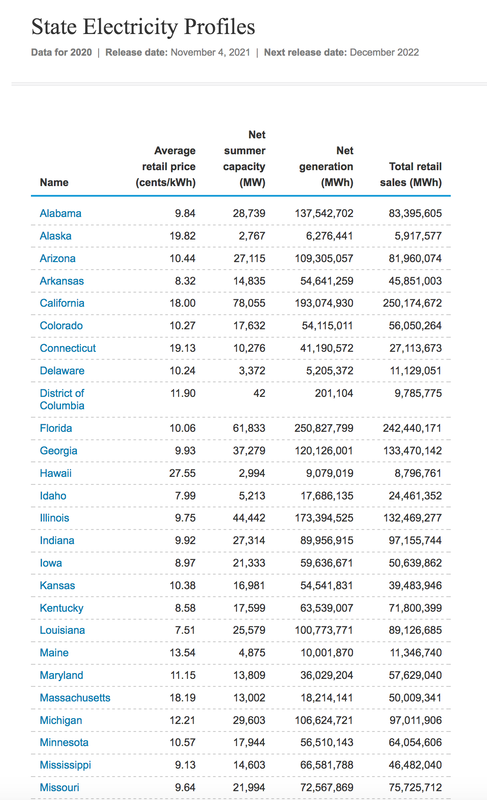
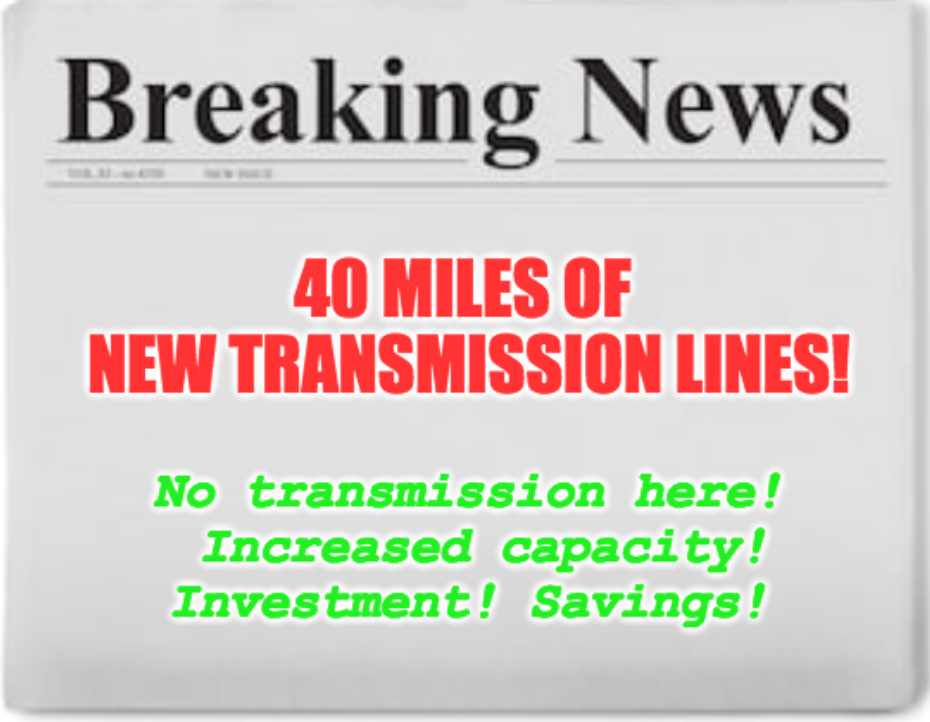

 RSS Feed
RSS Feed